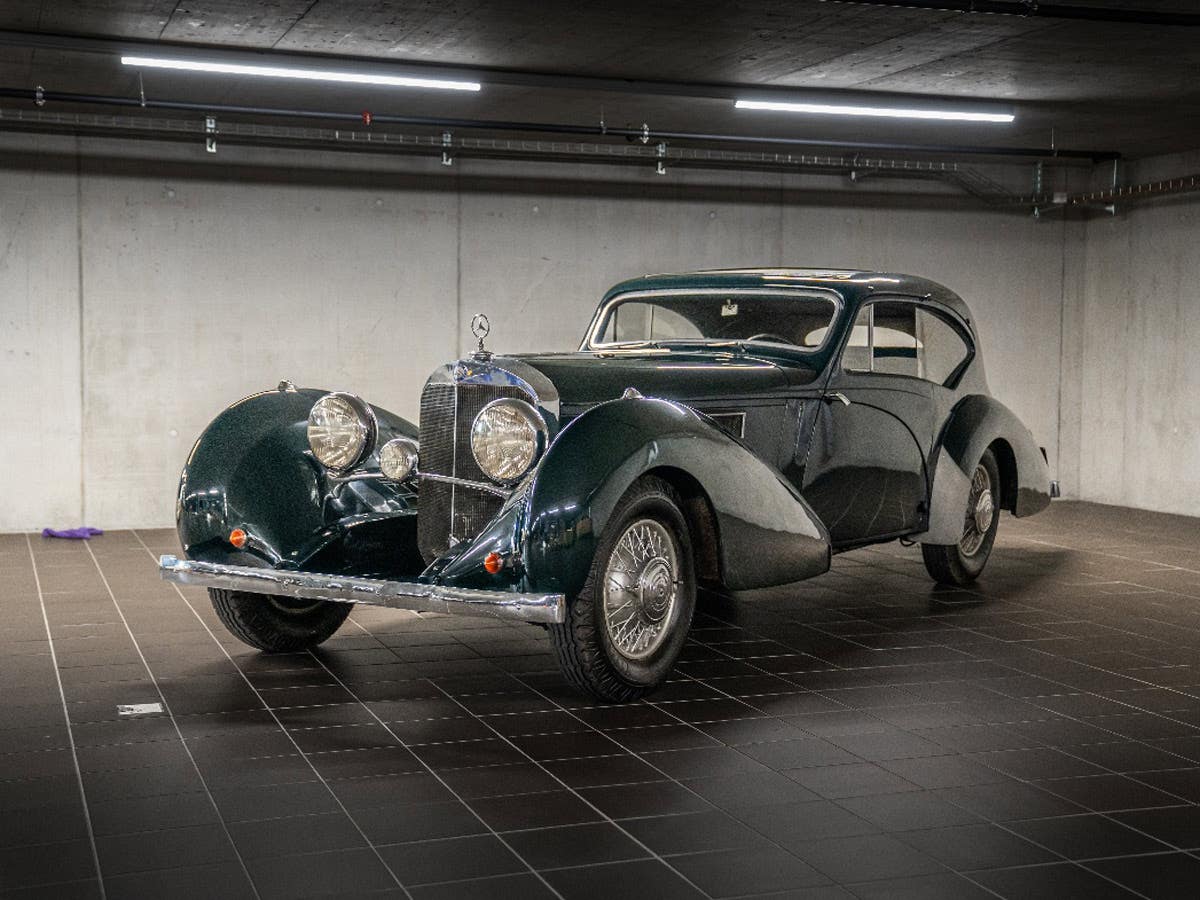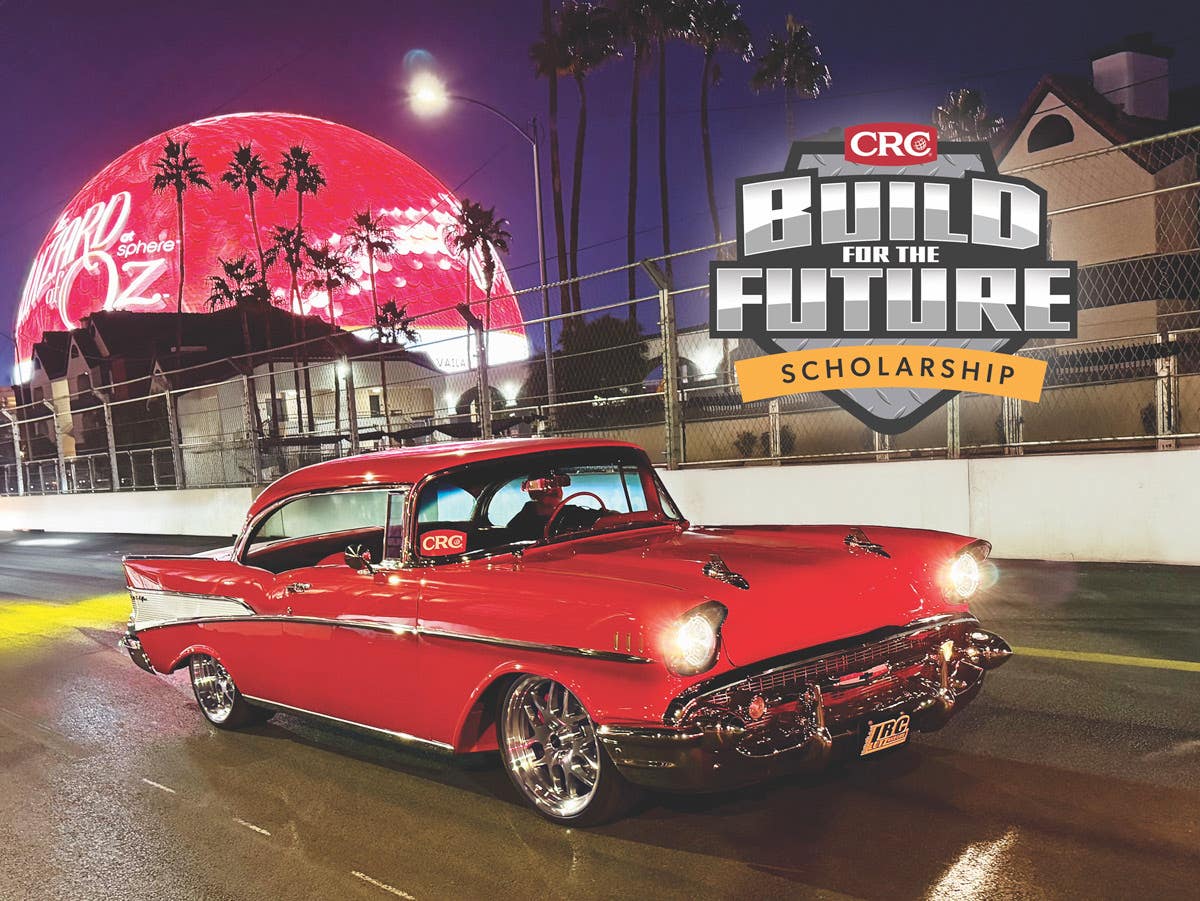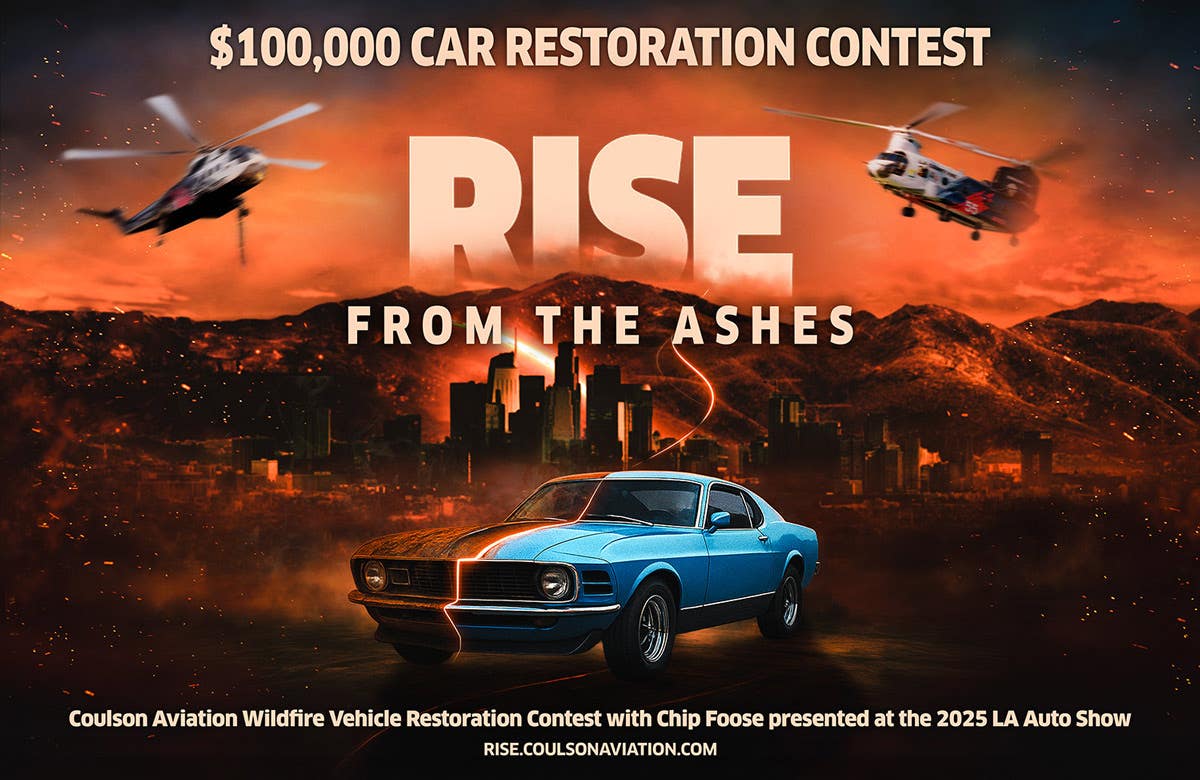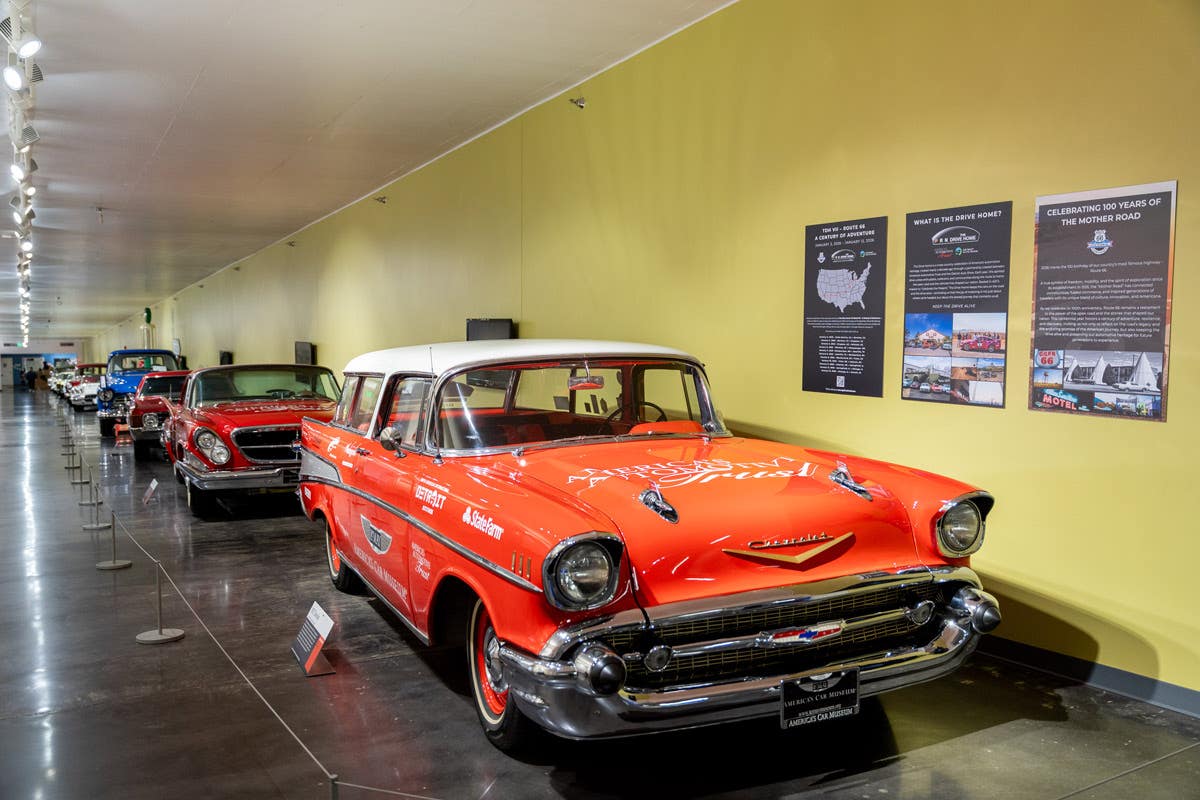Horseless Carriage Club of America cranks off 75th anniversary
By Helen V. Hutchings; photos by John C. Meyer III, HCCA It is not unusual to read about a car club celebrating its anniversary. As a matter of record, our…
By Helen V. Hutchings;
photos by John C. Meyer III, HCCA
It is not unusual to read about a car club celebrating its anniversary. As a matter of record, our own editor Angelo Van Bogart told of two recently on his blog; the Classic Car Club of America observing the 60th anniversary of its founding and the Vintage Chevrolet Club of America its 50th. Respectable milestones, right up there with Old Cars Weekly’s own 40th. But there’s a hobby organization in the United States with an even earlier founding date.
It was 1937 when a group of enthusiasts in southern California, foreseeing the need for an organization dedicated to the preservation of automobile history and those early automobiles, formed The Horseless Carriage Club of America. That makes the HCCA 75 years old. In spite of its age, or perhaps because of it, the organization remains strong and vibrant with an international membership just shy of 5,000.
The first event of the HCCA’s anniversary year was held mid February, appropriately, in southern California. Officially called the Annual Convention, it was a celebratory immersion in all things automotive for the 200-plus members who had traveled from more than 20 states plus Canada and Australia. Each of the five days of the convention, attendees left behind their dusters and goggles and broke from cranking their 1916-or-earlier autos to board buses that took them from Van Nuys to museums in the area.
The non-auto-centric destinations included the Griffith Park Observatory, still fresh from its first-ever extensive restoration since opening in 1935, and the Getty Museum. The group also toured the Petersen Automotive Museum, the J.B. Nethercutt Collection, the Mullin Automotive Museum and nearby Murphy museums. Ann Bothwell opened the gates of Rancho Rinconada so her fellow members could revisit the cars she and her late-husband Lindlley, who had been HCCA’s president from 1947-1953, had taken on earlier-day HCCA tours.
Members had been invited to bring items from their “alternate” hobbies to the meet. One member displayed a collection of items from the 1939 Exposition held in San Francisco, which ran concurrently with the World’s Fair in New York. Another table was resplendent with pewter, silver and other finely crafted napkin rings, while others featured buttons, tie tacks, model trains and a comprehensive display of spark plugs organized to show the plug’s development over decades.
Undoubtedly, the most surprising display was oriented around the future and space exploration. Two HCCA stalwarts, brothers Doug and Warwick Eastwood, had been employed at the Jet Propulsion Laboratory in Pasadena. During their careers, they (and other HCCA members) had worked on projects that are penetrating the depths of outer space. Interestingly, the brothers found their skills at JPL could also be applied to restoring and keeping their horseless carriages running smoothly.
Of course, there were also horseless carriages on display, and the scene stealer was arguably the 1907 Thomas Flyer that won the 1908 New York-to-Paris race now owned by the National Automobile Museum in Reno, Nev. Jeff Mahl recalled the 1908 race from the front seat of the Thomas Flyer, providing the insight he obtained from his great-grandfather, George Schuster, who rode around the world in that very Thomas Flyer during the race. While much of its story is well-documented by the history books and Mahl, an unexpected discovery was made during the HCCA’s Jubilee convention.
That unexpected discovery came to light while Mahl visited the Nethercutt Collection with HCCA members. During the tour, Mahl and the Nethercutt Collection’s archivist, Skip Marketti, struck up a conversation. Mahl learned Marketti had worked in Auburn, Ind., at the Auburn Cord Duesenberg Automobile Museum, where Marketti met his wife, Cathy. Her family has roots in nearby Kendallville, Ind., one of the towns along the 1908 race route and where the contesting cars encountered heavy snow. Race participants had turned to area farmers — including Cathy’s forebears — to pull their cars out of the deep and drifting snow.
Mahl expressed his amazement of the coincidence, stating, “The chances of encountering someone with third-generation connections to the 1908 race don’t happen everyday...” More of those hen’s teeth for certain.
Resources
Horseless Carriage Club of America
www.hcca.org
(Visit its online calendar for Jubilee activities)
Jeff Mahl
www.TheGreatAutoRace.com
info@TheGreatAutoRace.com
(performance bookings)








